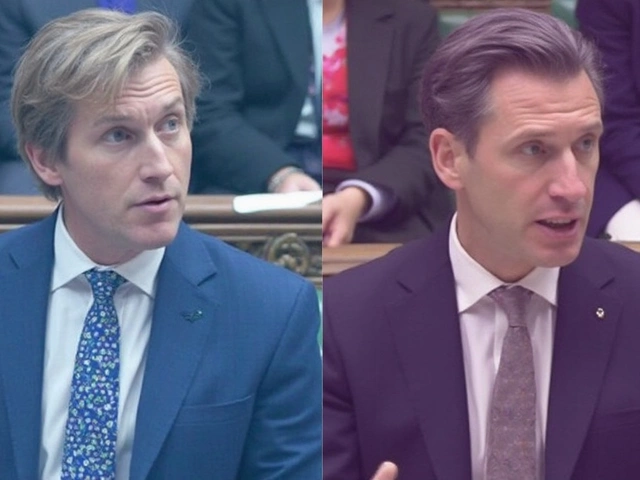Economy Updates: Trump’s 2025 Tariff Plan and Its Impact on the UK
When you hear the word "tariff" you might picture higher prices at the checkout or a news headline about trade wars. That’s exactly what’s happening now with a new proposal from Donald Trump for 2025. He’s looking at a 10% flat rate on most imports and steeper duties on countries like China and Mexico. The idea is to level the playing field, but many UK business groups are sounding the alarm.
What the Tariffs Entail
Trump’s plan isn’t a one‑size‑fits‑all tax. It starts with a baseline 10% charge on everything that comes into the United States. On top of that, products from nations deemed "unfair" could see rates rise to 20% or more. The goal, according to the administration, is to push those countries to negotiate better trade terms.
For UK exporters, the math is simple: higher duties mean higher costs for American buyers, which usually translates into lower demand. Companies that rely on the US market for everything from fashion to tech gear could see orders shrink quickly. Even businesses that don’t export directly to the US might feel the pinch if their supply chains include American‑sourced components.
Potential Consequences for the UK
UK business groups are warning that these tariffs could shave billions off the country’s GDP. Why? Because a big chunk of the UK’s trade flow goes through the US, either as a final destination or as a stepping stone to other markets. If American consumers start paying more, they buy less, and the ripple effect spreads.
Retaliation is another real risk. If the UK decides to hit back with its own duties, both sides could end up in a costly back‑and‑forth that hurts manufacturers, farmers, and everyday shoppers. Think about fruit that suddenly costs more because it has to cross extra borders – that’s the kind of price hike many fear.
Consumers are likely to feel the heat first. Higher import costs usually end up on the price tag. Whether you’re buying a pair of sneakers, a laptop, or a slice of pizza with imported cheese, the extra charge could show up in the checkout line.
So what can businesses do? Some are already looking at diversifying their markets, shifting production to countries not targeted by the new rates, or even lobbying for exemptions. Others are tightening up their cost structures to stay competitive if prices do climb.
In short, the proposed 2025 tariffs could reshape trade patterns, squeeze profit margins, and push up consumer prices. While the US aims to protect its own industries, the global economy is tightly linked, and any big move sends shockwaves across oceans.
Keep an eye on policy updates and watch how UK firms adapt. The next few months will reveal whether these tariffs become a reality or fade away after pushback from businesses and other governments. Either way, staying informed is the best way to navigate the changing economic landscape.
Kieran Lockhart, Apr, 8 2025
UK Business Groups Sound Alarm over Trump's Proposed 2025 Tariffs
In 2025, tariffs proposed by Donald Trump may disrupt global trade and supply chains, raising concerns among UK business groups. These tariffs aim to address trade imbalances by imposing a 10% baseline on imports, with heftier rates for countries like China and Mexico. Critics warn of GDP reduction, retaliatory measures, and consumer price hikes, while Trump's administration claims it will counter unfair trade practices.
View More




